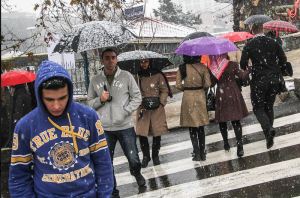The site lies in the eastern Zagros Mountains, 50-160 km east of Shiraz, and includes two very large salt-lakes -Tashk and Bakhtegan- and a large area of permanent freshwater marshes and seasonally flooded plains along the lower Kur river to the west (Kamjan Marshes). The two lakes are normally separated by narrow strips of land but may be joined during very wet winters to form a single expanse of water covering up to 136.500 ha.
Supporting more than 20.000 waterfowl, up to 50.000 flamingos and other species (e.g. ducks, geese, swans and cranes), the lakes are extremely important for breeding of a wide variety of species.
Kamjan Marshes formerly comprised ca. 10.000 ha of permanent and seasonal freshwater marshes. Although the marshes have been extensively modified by the drainage canals, 5.250 ha of wetland remains, including expanses of wet mudflats. Some irrigation canals are already silting up, and parts of the drained land are reverting to marsh. In addition, new marshes have developed at the mouths of the three main drainage canals where they enter the western ends of Lake Tashk and Lake Bakhtegan.
The two lakes, their delta and spring-fed marshes are designated as Wetlands of International Importance by the Ramsar Convention on Wetlands. The Ramsar Convention on Wetlands is an inter-governmental treaty established in 1971, establishing a framework for the stewardship and preservation of wetlands.
Sources: birdlife.org, ramsar.org, Wikipedia | Bakhtegan Lake, irandeserts.org (in Persian), MEHR News Agency, Tasnim News Agency I, Tasnim News Agency II, tishineh.com















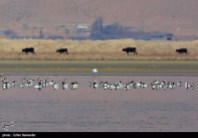








































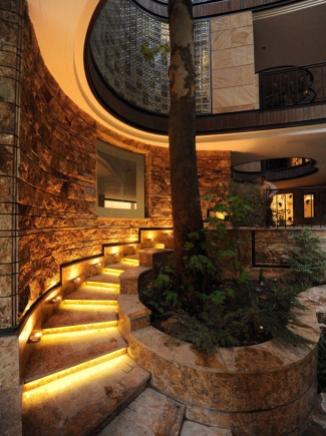




























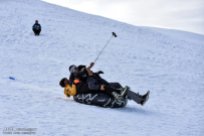




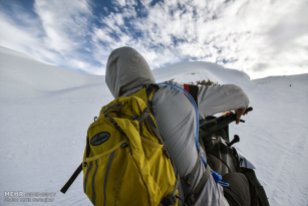
















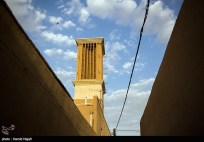




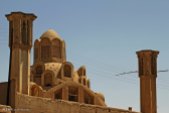










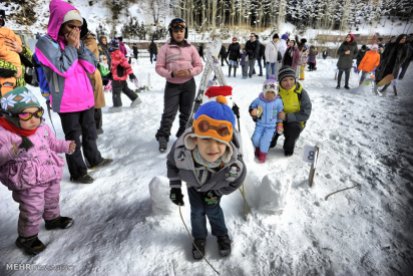





















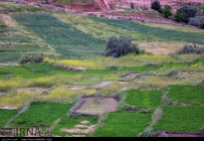

























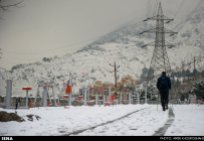

















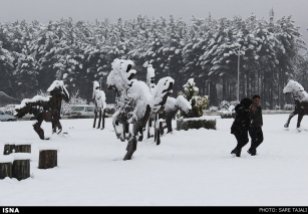
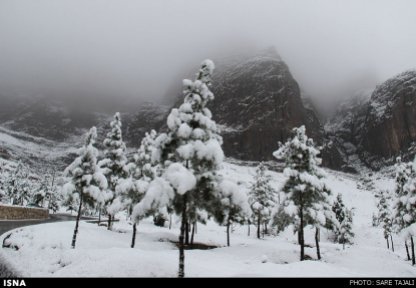












 Mehnan (also Mahnan and in Persian: مهنان) is a village in Aladagh Rural District, in the Central District of Bojnord County, North Khorasan Province, Iran. Its populations (2006) was 1.341 inhabitants.
Mehnan (also Mahnan and in Persian: مهنان) is a village in Aladagh Rural District, in the Central District of Bojnord County, North Khorasan Province, Iran. Its populations (2006) was 1.341 inhabitants.



























































 Read the blog and enjoy Silvia’s descriptions and pictures. Here are the links to the posts on Iran:
Read the blog and enjoy Silvia’s descriptions and pictures. Here are the links to the posts on Iran:



























